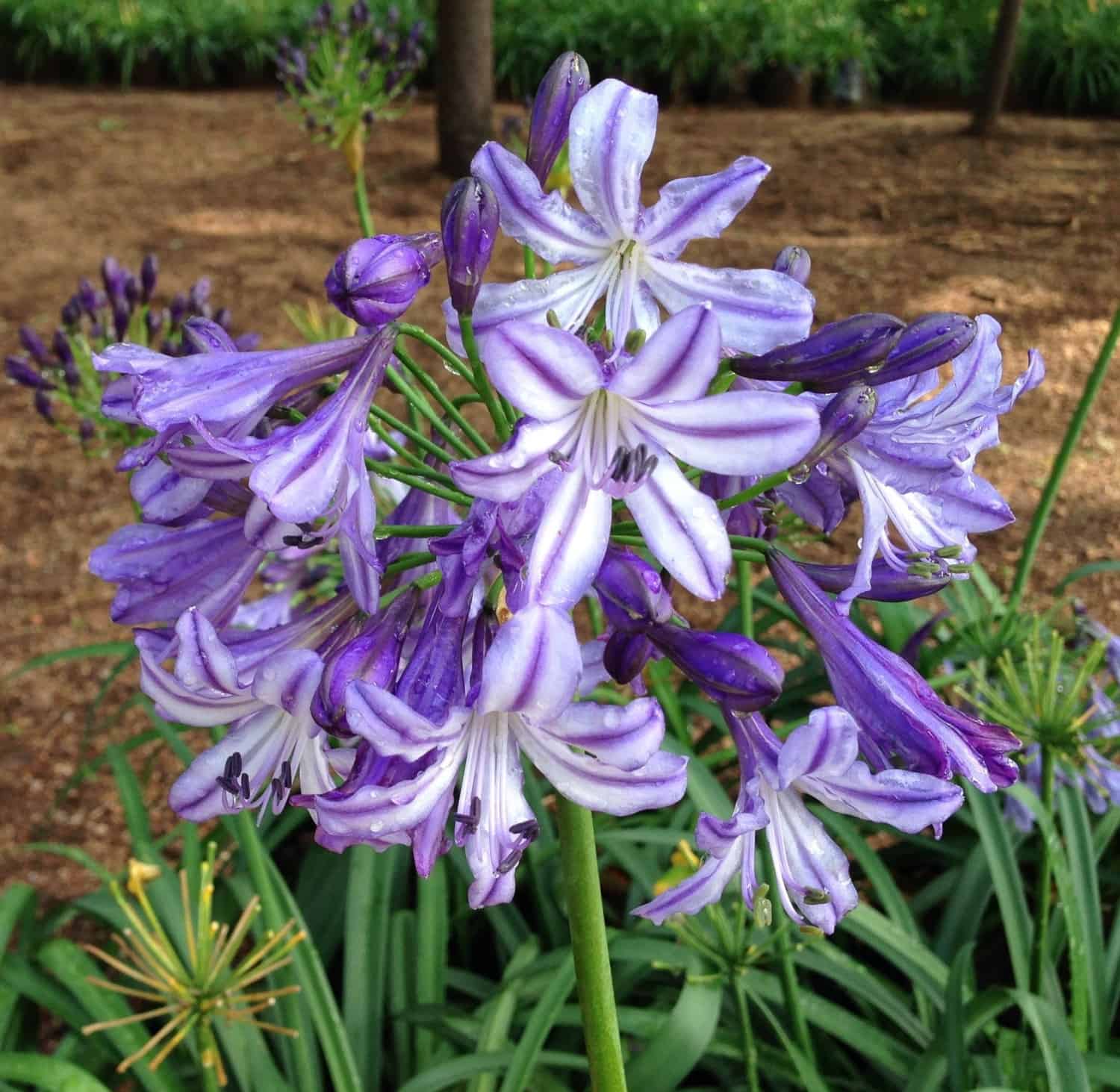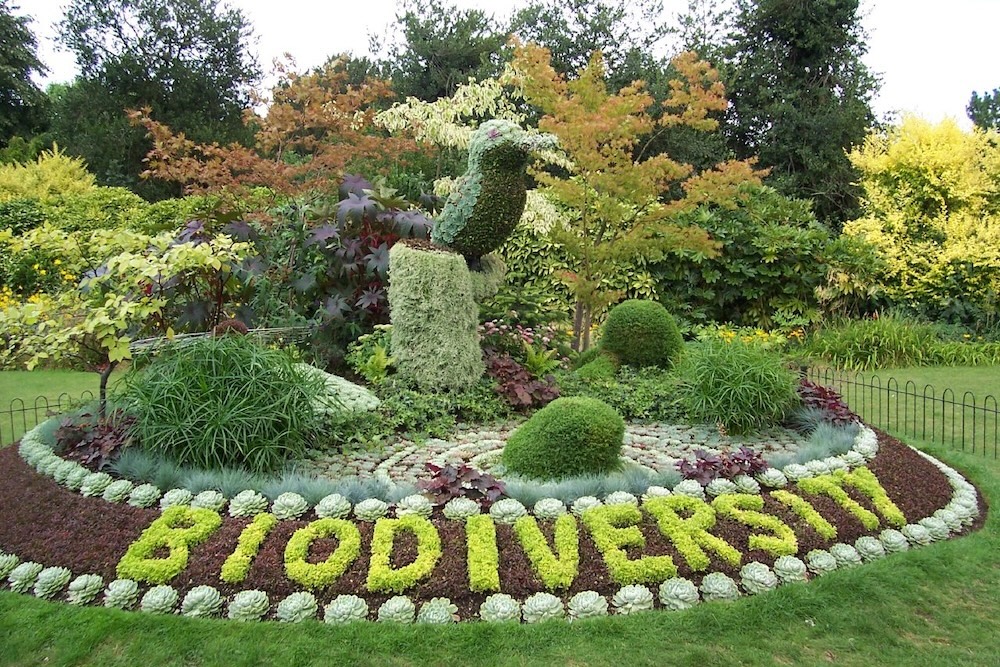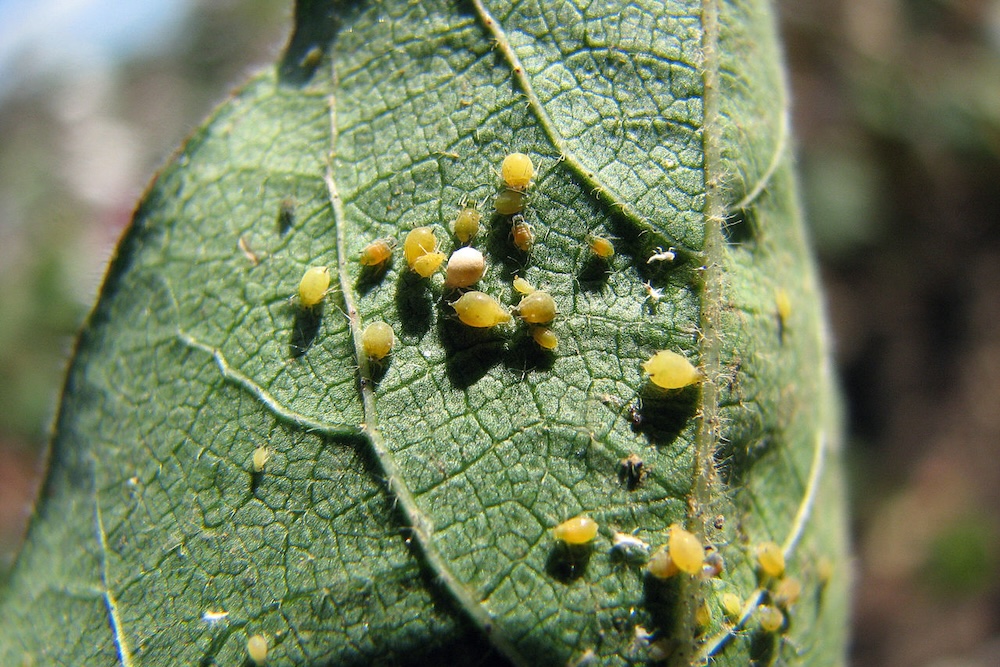Welcome to the world of polyculture, an approach to gardening that embraces diversity and mimics natural ecosystems.
What Flowers to Plant Now in Sydney
Sydney’s warm, temperate climate encourages a wide range of flowers to thrive throughout the year. Depending on the time of year, and your gardening goals, you might choose different flowers to plant.
This article aims to guide you through the nuances of Sydney’s climate and provide a detailed seasonal guide on what flowers to plant now in Sydney, no matter what time of year you’re reading.

What Flowers to Plant Now in Sydney
To help you choose the best flowers to plant right now, here’s a detailed month-by-month guide to what flowers to plant in Sydney. No matter what time of year it is, you’ll be able to find a suitable plant that’s in flower right now.
September to November (Spring)
Spring in Sydney is characterised by an increase in temperature and a decrease in rainfall to around 70-80mm per month. This season is ideal for planting annual flowers like petunias, snapdragons, and marigolds. These flowers thrive in the warmer temperatures and steady rainfall of spring and are already in flower at this time.
If you’re after perennial plants that are in flower but will last for years, try some of these on for size.
- Buccaneer™ Agapanthus hybrid ‘AMDB002’ PBR Like many agapanthuses, this cultivar flowers its head off throughout spring. The difference is that Buccaneer Agapanthus has striped purple flowers and displays very good repeat flowering right through spring and summer.
- Fluro Burst™ Callistemon spp ‘CNU19’ PBR: These beautiful candy pink bottle brush flowers grab your attention in spring. It requires little to no pruning to maintain its perfect natural shape.
- Blue Gem™ Westringia hybrid ‘WES03’ PBR: This is possibly one of the most beautiful westringias around, with incredible blue-purple flowers profusely blooming in spring, and regular flowers at other times of the year.
December to February (Summer)
Summer in Sydney can be challenging for gardeners due to the hot and humid conditions. However, it’s still possible to maintain a vibrant garden by planting flowers that can withstand the heat.
Annual flowers such as sunflowers and zinnias are typical choices for the summer months. Consider irrigating even as rainfall increases from around 70mm to 120mm by February. However, even though it’s hot, you can still plant perennials as long as you keep them well-watered and avoid changing their sunlight levels too quickly.
- Mundi™ Westringia fruticosa ‘WES05’ PBR: This plant produces delicate white flowers throughout most of the year, including summer.
- Pink Fusion™ Scaevola spp. ‘PFS200’ PBR Intended: This native ground-covering shrub flowers almost all year round with beautiful pink fan-shaped petals.
- GRAND STAR™ Dietes grandiflora ‘Di1’: Unlike traditional Dietes varieties, this cultivar produces very little seed, meaning that it’s less likely to sprout weeds throughout your garden. It flowers in the warmer months, including summer.
Ensure these plants are well watered to prevent them from drying out while establishing.
March to May (Autumn)
Autumn in Sydney is marked by milder temperatures and rainfall ranging from an average of 130mm down to 117 by the end of the season. Typical autumn flowering plants include cyclamens, primulas, and pansies.
These flowers enjoy the cooler conditions and can add a splash of colour to your garden in the lead up to winter. However, you don’t have to limit your plant palate to the usual suspects. Here are a few alternatives that put on a show in Autumn.
- Encore Azaleas: Continuing from spring and summer, these Azaleas also flower in autumn. Shown here is Autumn Fire™ Rhododendron hybrid ‘ROBLEZ’.
- Obsession™ Nandina domestica ‘SEIKA’ PBR: Its flowers aren’t as spectacular as its bright red new growth during autumn.
- Crimson Villea™ Grevillea rosmarinifolia ‘H16’ PBR: This grevillea has an abundance of flowers from autumn right through to spring. In fact, it’s sometimes referred to as one of the showiest winter flowering plants in the world, so you still have plenty to look forward to when autumn ends.
June to August (Winter)
Winter in Sydney has plenty of rainfall, with June being the wettest averaging 130mm of rain, then decreasing to 80mm by August. Sydney’s winter is relatively mild compared to many other regions. Hellabores, camellias and violets all flower this season. So do these plants:
- Gold Cluster™ Grevillea juniperina ‘H22’ PBR: This low, ground-covering grevillea is covered in beautiful, pollinator-attracting flowers from winter through to spring.
- Mighty Coral™ Aloe hybrid ‘AL04’ PBR: This aloe displays gorgeous coral flowers from mid to late winter. Perfect for container planting or along borders.
- Yalba™ Imperata cylindrica: With its incredibly beautiful flower plumes from April through to September, this native Australian grass is a winter masterpiece. Just make sure to keep its roots contained as it has a habit of spreading.
Preparing Your Sydney Garden for Seasonal Flower Planting
To ensure your Sydney garden is covered in flowers all year round, it’s a good idea to prepare for each of the seasons. This involves not only choosing the right flowers for each season but also preparing and optimising your soil to provide a nurturing environment for your plants.
Soil Optimisation for Flowering Plants in Sydney
The health of your soil directly influences the health and growth of your flowers. Here are some tips on how to prepare and maintain your soil for optimal flower growth:
- Test your soil: Different plants have their own pH preferences. You can get a soil testing kit from your local garden centre. Most flowers prefer slightly acidic to neutral pH levels (6.0-7.0). You can also test the texture or composition through several different methods, the easiest being the “ribbon test”.
- Add organic matter: Compost, well-rotted manure, blood and bone, as well as other organic material can improve the structure, fertility, and water-holding capacity of your soil.
- Other amendments: Sandy soils are prone to becoming hydrophobic, even with plenty of organic matter, so it might be worthwhile to use a quality soil wetter to amend the issue quickly. Hydrogels like Terracottem can be added to the soil when planting for a more long-term solution. Meanwhile, clay-dominant soils can become waterlogged or compacted – adding gypsum can amend these issues
- Mulch: Uncovered soil can quickly dry and become overly hot. Organic mulch like chunky bark chips can provide some respite from the sun while also providing a source of soil carbon that breaks down very slowly.
Understanding your soil conditions and their impact on different flowering plants will significantly enhance your gardening success.
How to Plant Correctly
Planting correctly is as important as choosing the right flowers. Incorrect planting can lead to poor growth or even the death of your plants.
Here’s a step-by-step guide on how to plant properly:
- Choose the right location: Consider the sunlight, wind exposure, and soil conditions each flower needs. Remember to put the right plant into the right place.
- Dig a hole: The hole should be twice as wide and the same depth as the root ball of your plant. If you have mulch, scrape that back first to prevent it mixing with the soil.
- Add amendments: You can add amendments to the soil where needed, such as compost for all soil types, hydrogels to prevent sand getting hydrophobic, and gypsum to break apart heavy clay.
- Place your plant: The top of the root ball should be level with the soil or mulch surface.
- Backfill the hole: Replace the soil, firming it gently around the base of the plant. Spread the mulch back over the surface. Ensure that no air pockets are left around the root zone, and that you don’t overly compact the soil.
- Water thoroughly: Newly planted flowers need plenty of water to establish their roots. Keep them moist (without being overly wet) until they establish.
Planting Flower Seeds
There’s nothing wrong with buying pre-grown plants at your local nursery. But if you’re looking for a closer relationship with nature, consider growing your flowers from seed. Perfect plants to sow from seed include lavender, marigolds and pansies. Edible plants can be just as beautiful as ornamentals. Sow sunflower seeds, sweet pea plants and sweet alyssum.
Daniel’s Wrap
Understanding Sydney’s climate and seasons, preparing your soil, choosing the right flowers, and planting them correctly are all key to successful flower gardening in Sydney. Whether you’re an experienced home gardener or a professional landscape expert, we hope this guide inspires you to continue your flower gardening journey in Sydney.
Remember, with a bit of planning and care, you can enjoy vibrant blooms in your garden all year round. Grab some flowering plants today and plop them into the ground – it’ll make you feel happy!















This Post Has 0 Comments